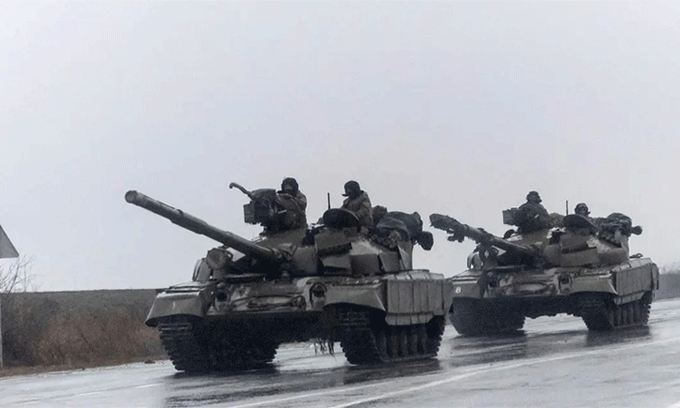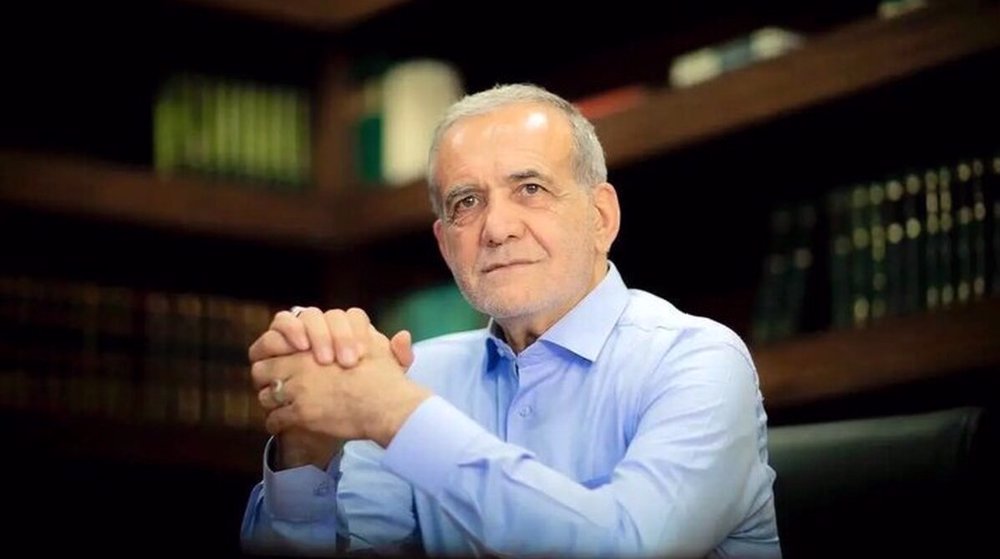(UTV | UKRAINE) – Russian forces seized two small cities in southeastern Ukraine and the area around a nuclear power plant.
Russian forces seized two small cities in southeastern Ukraine and the area around a nuclear power plant, but ran into stiff resistance elsewhere as Moscow’s diplomatic and economic isolation deepened.
After four days of fighting and a Russian advance that has gone more slowly than some expected, a Ukrainian delegation arrived at the border with Russian ally Belarus for ceasefire talks with Russian representatives, the Ukrainian presidency said. It was not clear whether any progress could be achieved.
President Vladimir Putin on Thursday launched the biggest assault on a European state since World War Two and put Russia’s nuclear deterrent on high alert on Sunday in the face of a barrage of Western-led reprisals.
Blasts were heard before dawn on Monday in the capital of Kyiv and in the major eastern city of Kharkiv, Ukrainian authorities said. But Russian ground forces’ attempts to capture major urban centres had been repelled, they added.
Russia’s defence ministry, however, said its forces had taken over the towns of Berdyansk and Enerhodar in Ukraine’s southeastern Zaporizhzhya region as well as the area around the Zaporizhzhya nuclear power plant, was reported. The plant’s operations continued normally, it said.
Ukraine denied that the nuclear plant had fallen into Russian hands.
There was fighting around the Ukrainian port city of Mariupol throughout the night, Pavlo Kyrylenko, head of the Donetsk regional administration, said in television on Monday.
He did not say whether Russian forces had gained or lost any ground or provide any casualty figures.
At least 102 civilians in Ukraine have been killed since Thursday, with a further 304 wounded, but the real figure is feared to be “considerably higher”, U.N. human rights chief Michelle Bachelet said on Monday.
A senior U.S. defence official said Russia had fired more than 350 missiles at Ukrainian targets since Thursday, some hitting civilian infrastructure.
“It appears that they are adopting a siege mentality, which any student of military tactics and strategy will tell you, when you adopt siege tactics, it increases the likelihood of collateral damage,” the official said, speaking on condition of anonymity.



